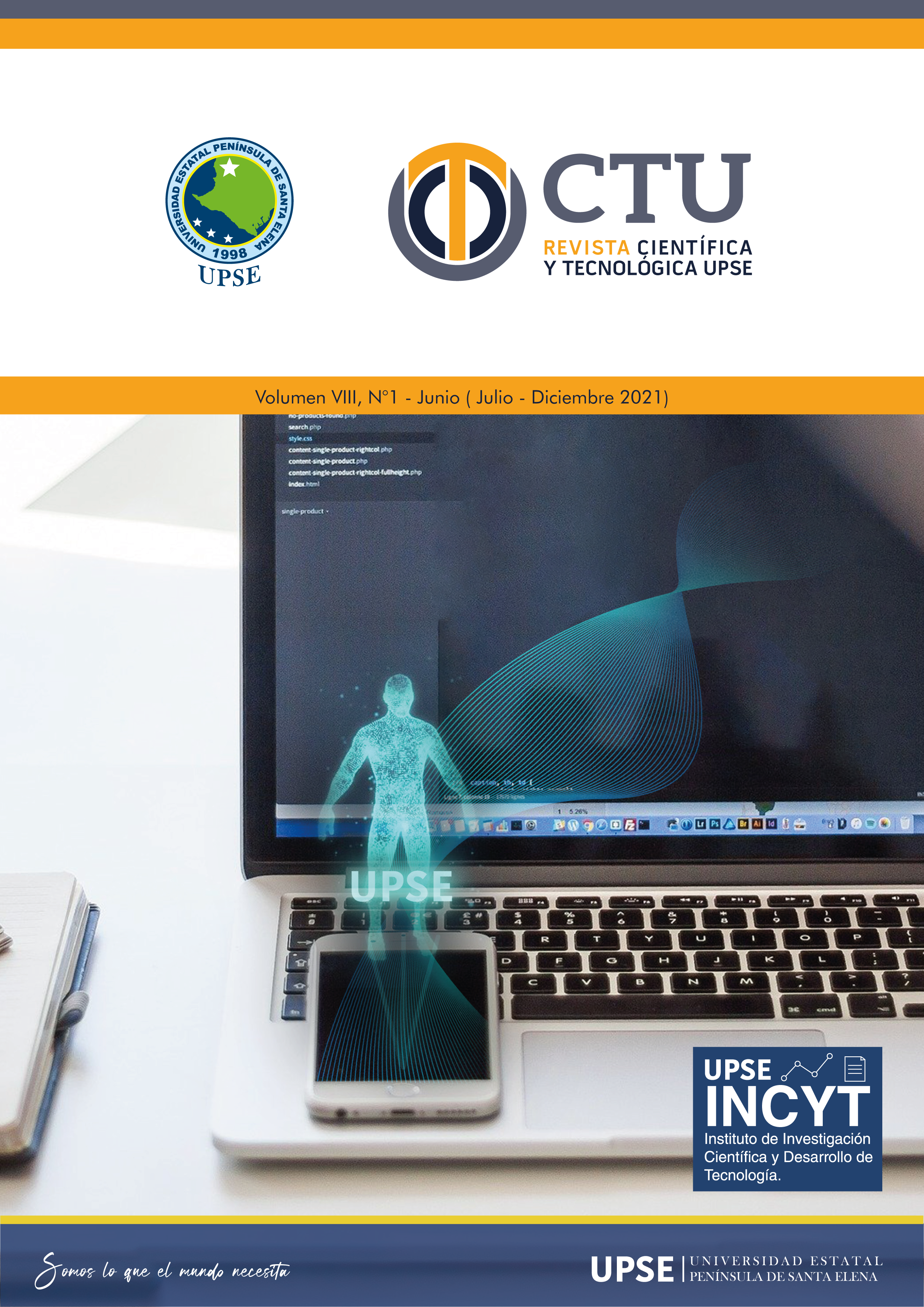Laboratory tests to obtain algal biomass in a batch photobioreactor.
DOI:
https://doi.org/10.26423/rctu.v8i1.541Keywords:
Scenedesmus, Chlorella vulgaris, Environmental Biotechnology, microalgae, photobioreactorAbstract
The objective of the present research was the production of algal biomass in a batch laboratory-scale photobioreactor. The equipment had a 15 liter capacity, with 6 LED lamps as a light source, with an average intensity of 841.91 lx distributed in 6 acrylic cylinders, with hexagonal geometry, in which it was cultivated for three weeks. The first three cylinders contained strains of Chlorella vulgaris the other three Scenedesmus sp. To control the time of exposure to light, a timer was settled in photoperiods of 12 hours light and 12 hours of darkness, atmospheric carbon dioxide (CO2) was supplied to the culture through an air pump with a flow rate of 0.0378 cm³ of CO2/s, daily pH controls were also carried out, adjusting it to a range between 7.5 and 8.5, as well as the absorbance values, measured at 750 nm, to evaluate the growth of the microalgae. The biomass was sedimented in 20 liter containers, the supernatant was removed, the wet biomass fraction was centrifuged for 6 minutes at 840 rpm, keeping only the pellet. As a result, the samples were lyophilized to conserve the properties of dry biomass: 6.59 g of C. vulgaris and 9.74 g of Scenedesmus sp., The 2 samples were kept refrigerated, concluding that there is a higher production of C. vulgaris compared to Scenedesmus sp.
Downloads
Downloads
Published
Issue
Section
License
El titular de los derechos de autor de la obra, otorga derechos de uso a los lectores mediante la licencia Creative Commons Atribución-NoComercial-CompartirIgual 4.0 Internacional. Esto permite el acceso gratuito inmediato a la obra y permite a cualquier usuario leer, descargar, copiar, distribuir, imprimir, buscar o vincular a los textos completos de los artículos, rastrearlos para su indexación, pasarlos como datos al software o usarlos para cualquier otro propósito legal.
Cuando la obra es aprobada y aceptada para su publicación, los autores conservan los derechos de autor sin restricciones, cediendo únicamente los derechos de reproducción, distribución para su explotación en formato de papel, así como en cualquier otro soporte magnético, óptico y digital.












